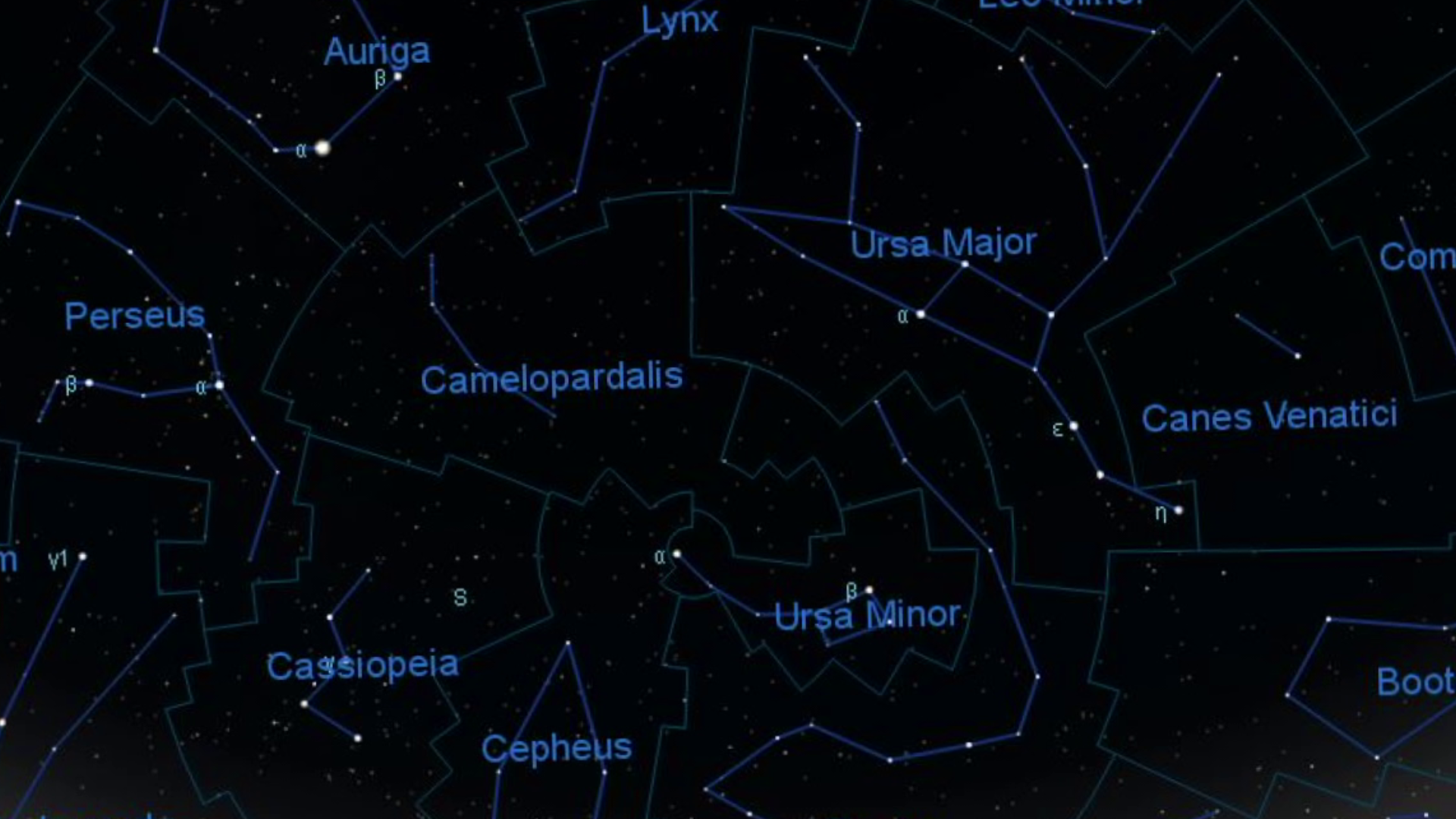"Constellations are patterns we make out of stars in an area of the sky," said John Sabia.
He's an assistant observer at Keystone College's Thomas G. Cupillari Observatory.
Newswatch 16's John Hickey had an online chat with him about the history of constellations.
"The Egyptians had constellations, the Chinese, Europe had them, but they weren't uniform. That's why in 1930, the International Astronomical Union devised the maps for where the constellation boundaries are," said Sabia.
Constellations come in all shapes and sizes.
"These patterns of stars are named after various things, animals, people, mythological people, hair, there's even a fly out there," explained Sabia.
There are 88 constellations in all, but something separates a dozen of them from the rest.
Sabia added, "The Zodiacs have 12 constellations, each for one month of the year, in horoscope time. Those are the 12 constellations where the planets rotate through over the course of their orbits around the sky. The moon, the sun, and the planets all move through the constellations of the Zodiac."
To help spot constellations, there are many free apps available to use.
All you have to do is download them, use them. Just take it, aim it at the sky and they'll see a pattern of stars.
However, apps might not be your best bet.
"When you're using an app, I don't care if they have the red light on it. What you're doing is you're putting that light in you eye, and you're filling your eye with all this light, and you're not keeping your eyes adapted to the darkness of the sky," said Sabia. "What I usually do is I'll use a piece of paper or a planisphere with a red flashlight, so I can shine it onto the paper and not have light shining into my eye."
To help you spot constellations and other interesting things in the night sky, you can visit the Thomas G. Cupillari Observatory on clear Wednesday and Friday evenings.
Observatory staff will be there with telescopes and helpful instruction starting at 7:30.

